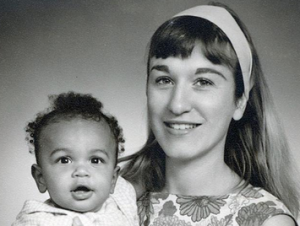 The black and white photo to the left is dated 1965. Does that help in identifying who the mother and child are? If you know that the mother’s first name is Ruthie and that she named her son Mark help you with their identity? I began last week to address our insufficient language around race and now will extend this to a discussion about our insufficient language regarding identity in general.
The black and white photo to the left is dated 1965. Does that help in identifying who the mother and child are? If you know that the mother’s first name is Ruthie and that she named her son Mark help you with their identity? I began last week to address our insufficient language around race and now will extend this to a discussion about our insufficient language regarding identity in general.
Humans like categories. Ones that provide the greatest distinction, such as black and white, allow us to demarcate our world. When Barack Obama was elected President he was hailed as the first “black” president, but “blacks” were quick to point out that they did not consider Mr. Obama “black,” his mother, Ann Dunham, was of English ancestry and was born in Wichita, Kansas. She would be called “white.” His father, an African was a member of the Lou tribe in Nigeria. The couple met in Hawaii where Ann’s parents had moved following its becoming the 50th state of the United Sates– Obama Sr. was there on a study abroad program. So is Mr. Obama “black” or “white”? If you need a category then designated someone as both, and or half can be a bit confusing.
Ruthie (in the photo) is also “white” and her son Mark shares another commonality with Mr. Obama—they have the same father. Mr. Obama Sr. separated and then was divorced from Ann (she was his second wife having been married in Kenya) while continuing his studies abroad at Harvard University. There he met Ruth Beatrice Baker, a Jewess who hailed from Brookline, Mass. When Mr. Obama Sr. moved back to Nigeria, Ruthie followed. They had two children together, Mark and David, before they subsequently divorced.
Mark Obama (he goes by his step-father’s name Ndesandjo) is a double “half.” He has a half that is not only “white”, that half is also Jewish. ‘My mother,” says Mark, “is a liberal person who taught me to be proud of the fact that I am Jewish. The main aspect of my Jewish identity does not stem from performing the religious rituals and prayers, but out of a strong sense that I am Jewish. It is something that you simply feel, a strong sense of secular Jewish identity that my mother gave me. She is the woman who taught me what’s important in life, who helped me to understand Torah.”
In his recent visit to Denver, Dr. Yehuda Kurtzer, scholar-in residence of the Denver Jewish Learning Collaborative (JCC Jewish Life and Learning, DU Center for Jewish Studies and Kabbalah Experience) spoke about Jewish identity in the “boundary-less age” of the 21st century. One of the more intriguing comments he made was about Jewish self-identification; people who were proud of being half and half—this includes people who are half Jewish and half from another ethnic or religious affiliation.
Our language needs to become more sufficient—a language that allows for dual identities and welcomes those wishing to identify with the “whole” because they see themselves as a part of that whole. Only black and white thinking will continue to label people and not allow people to self-identify with all their halves (and quarters) as the whole person they are. This too is a step toward sufficient language that is not colorblind but blind to color and blind to other labels such as religious identity and categorization. We can celebrate our diversity and our commonality—for we are all brothers and sisters.

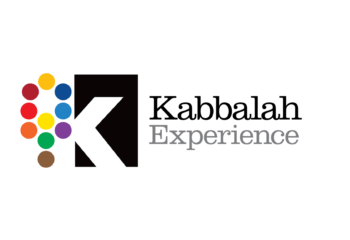
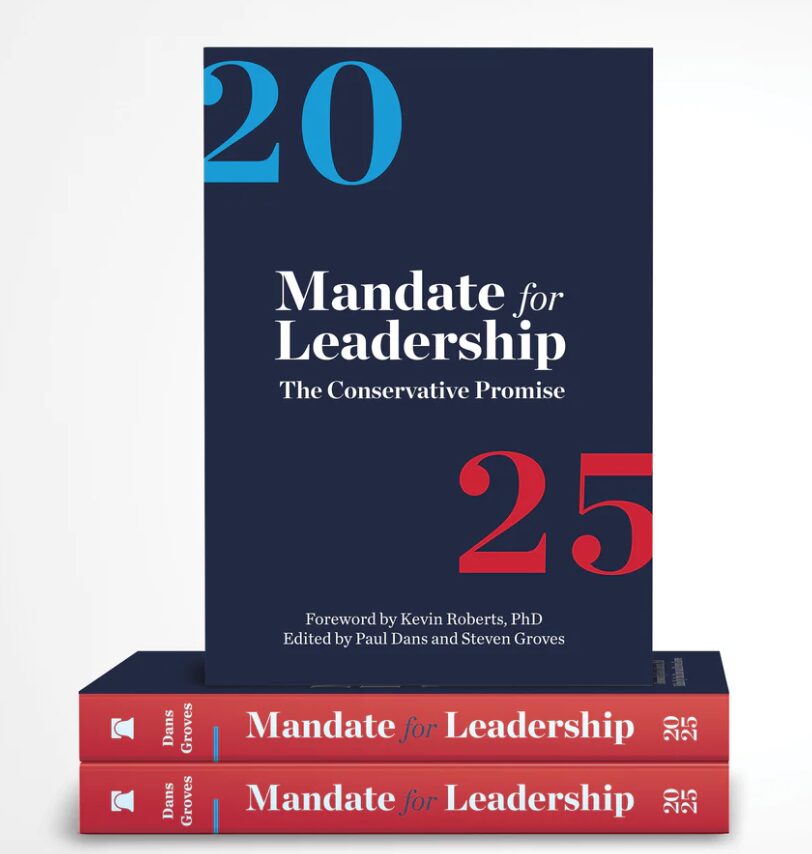
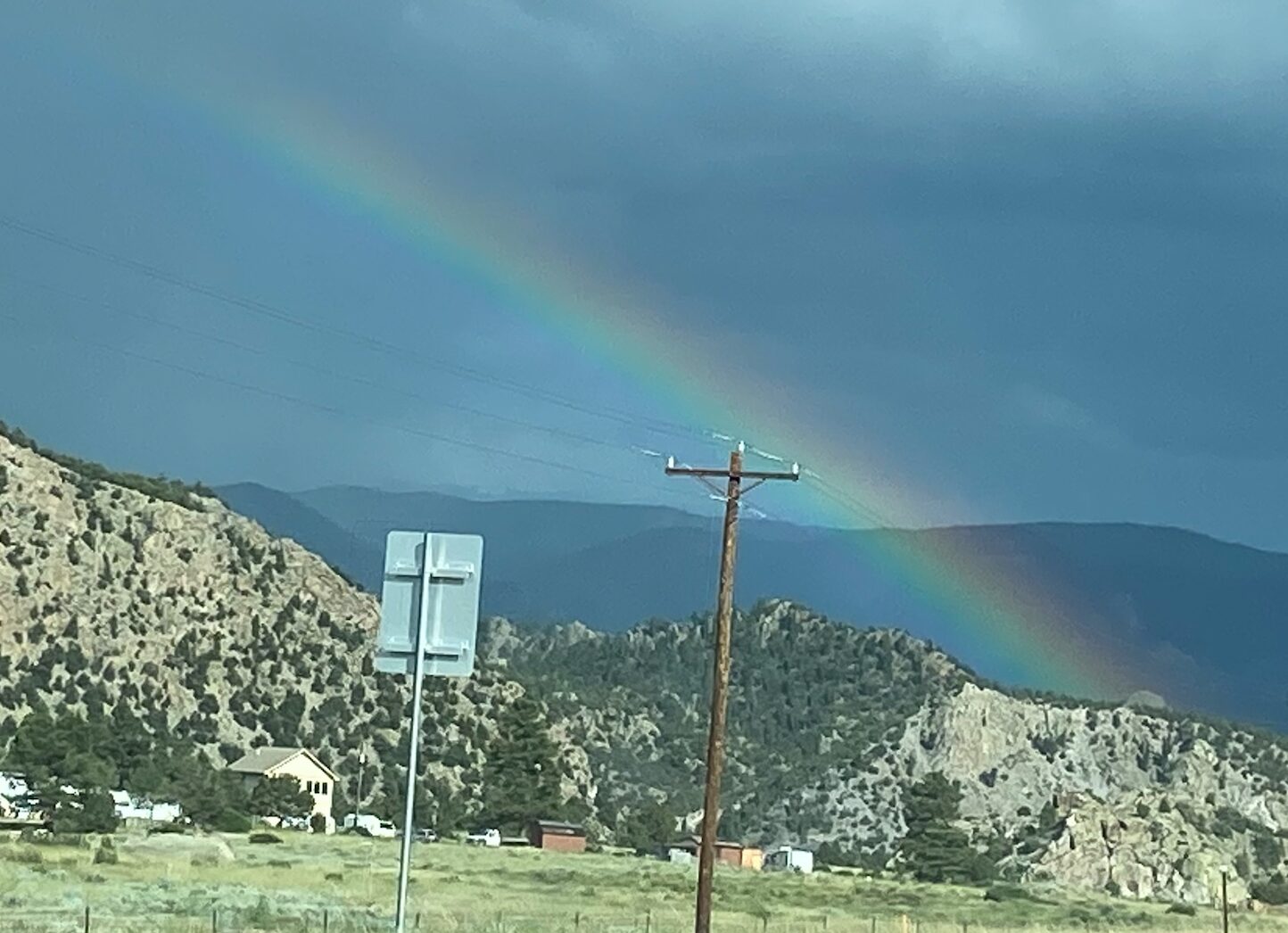
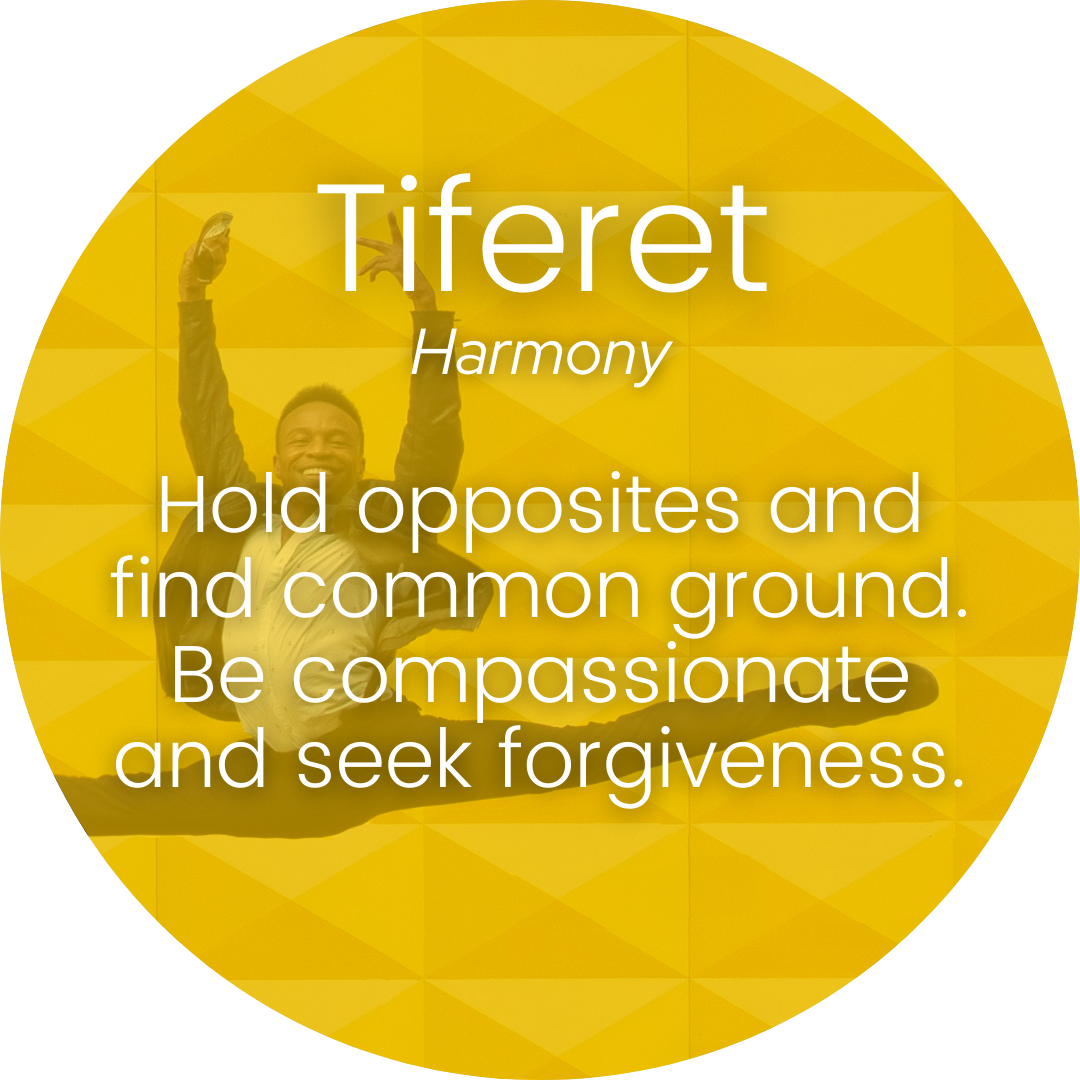
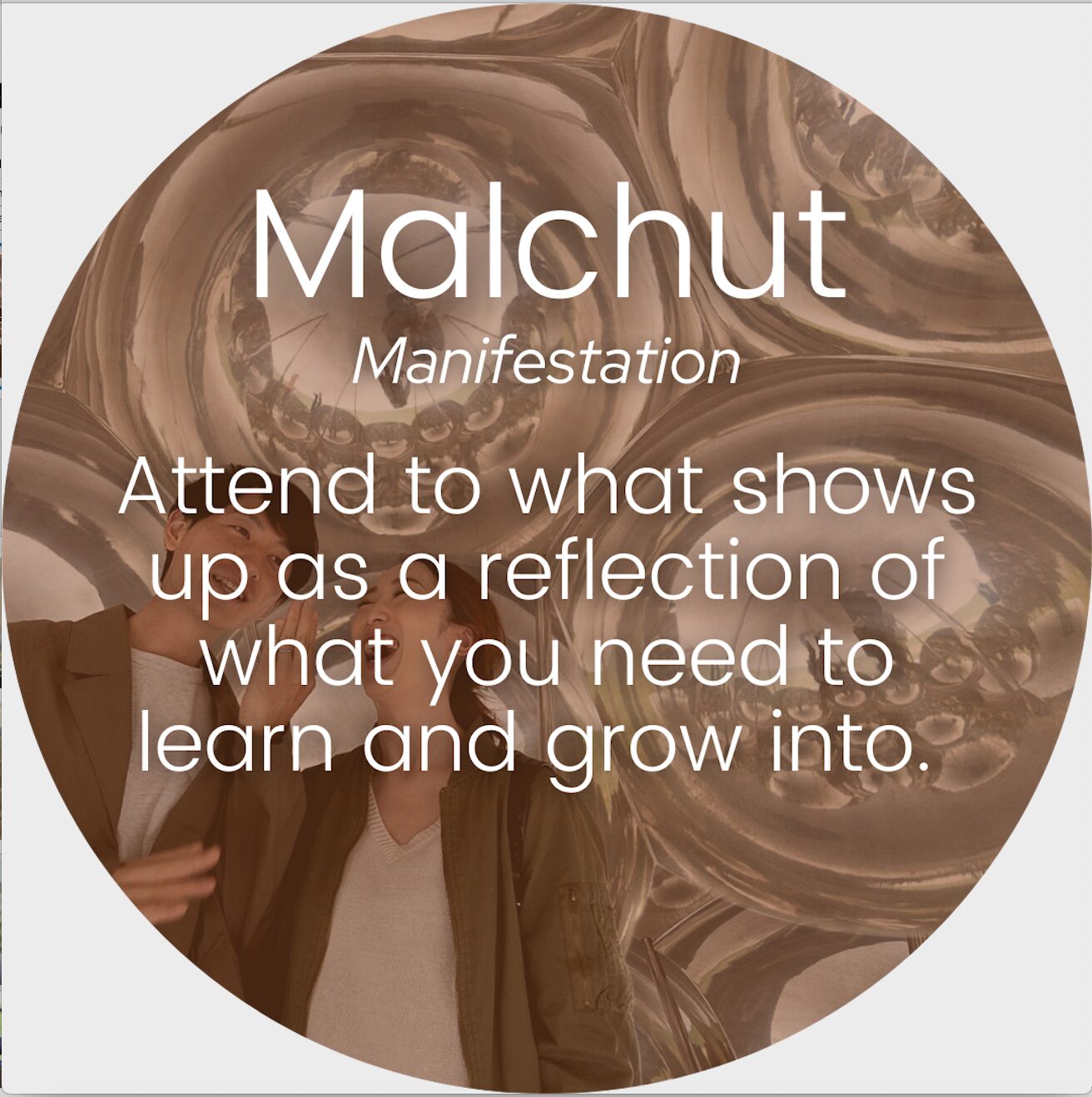
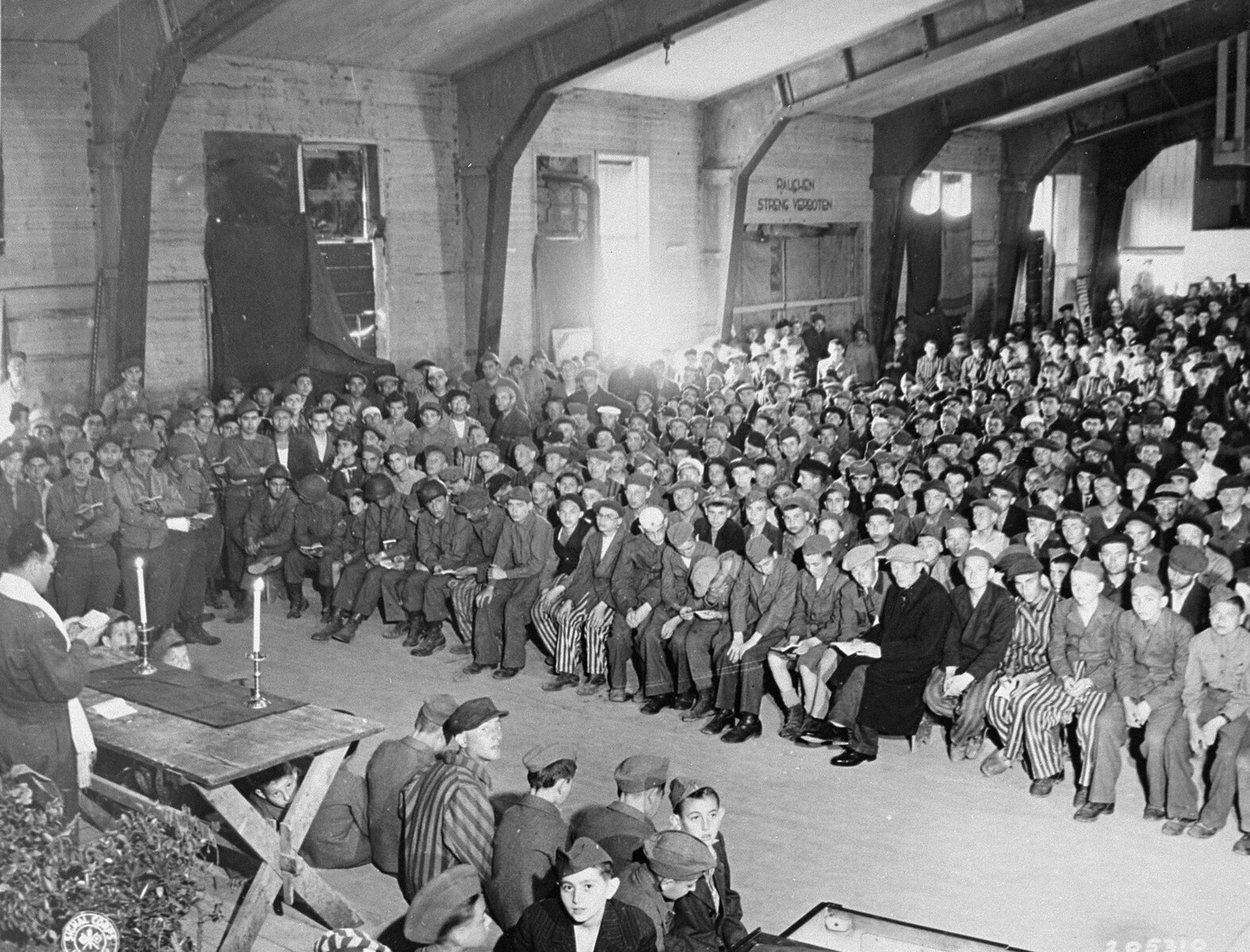
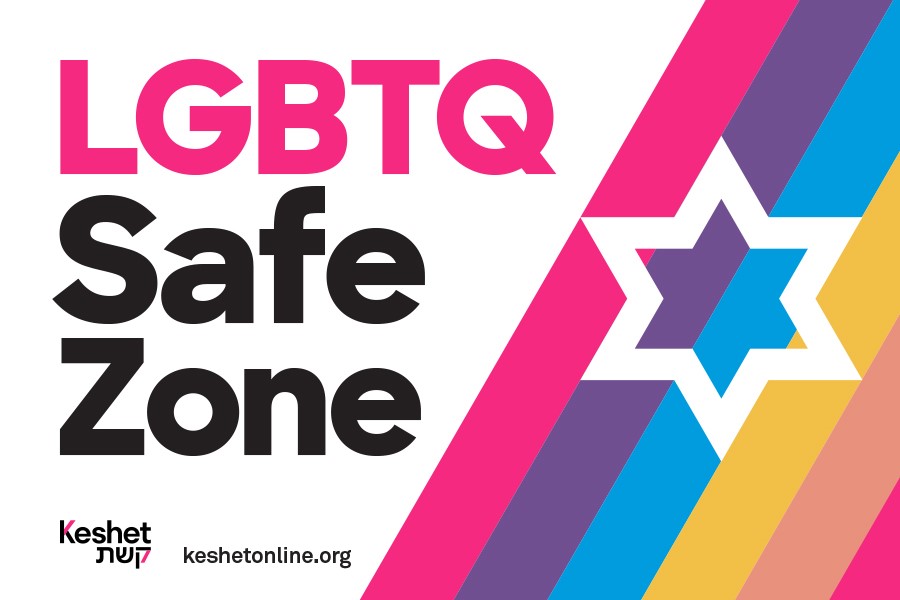
0 Comments